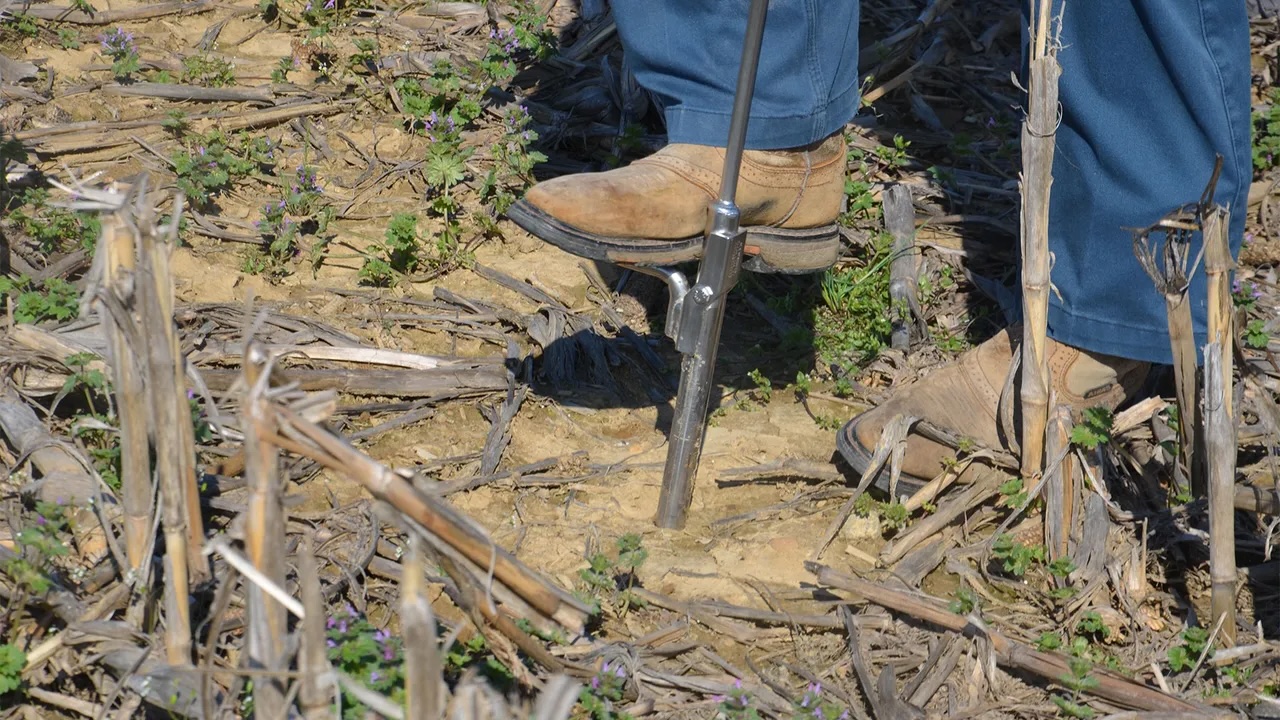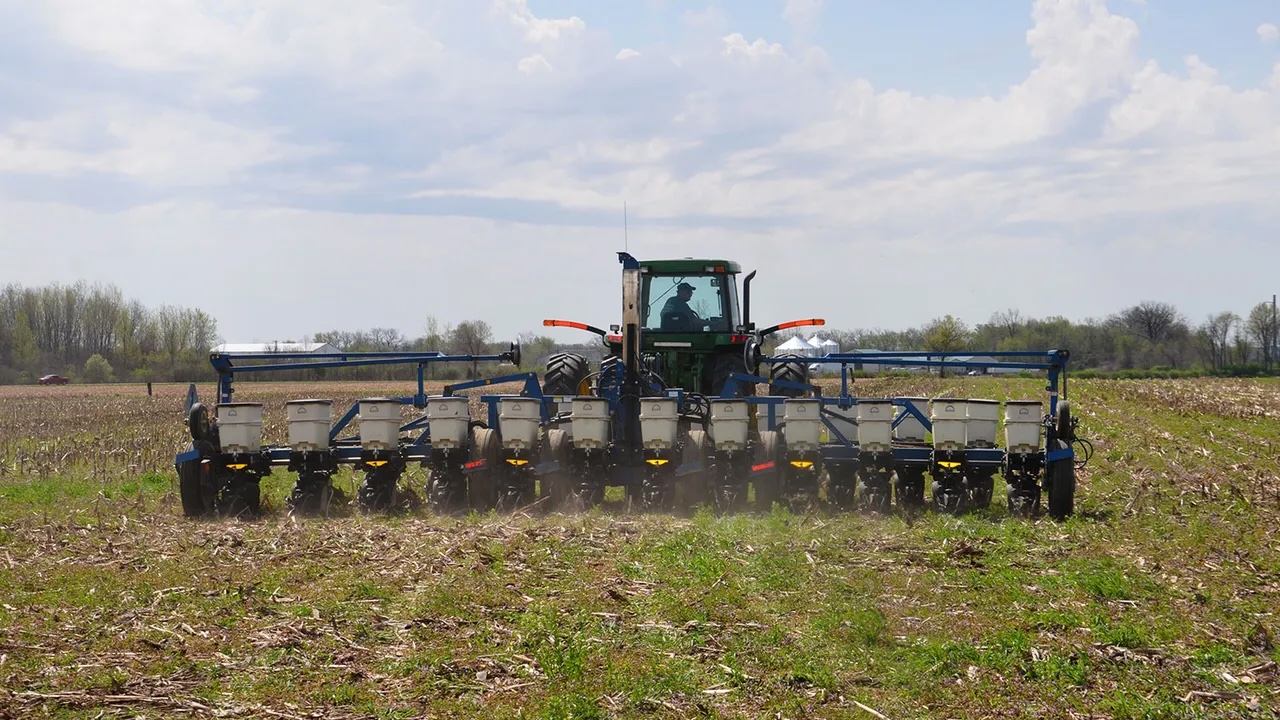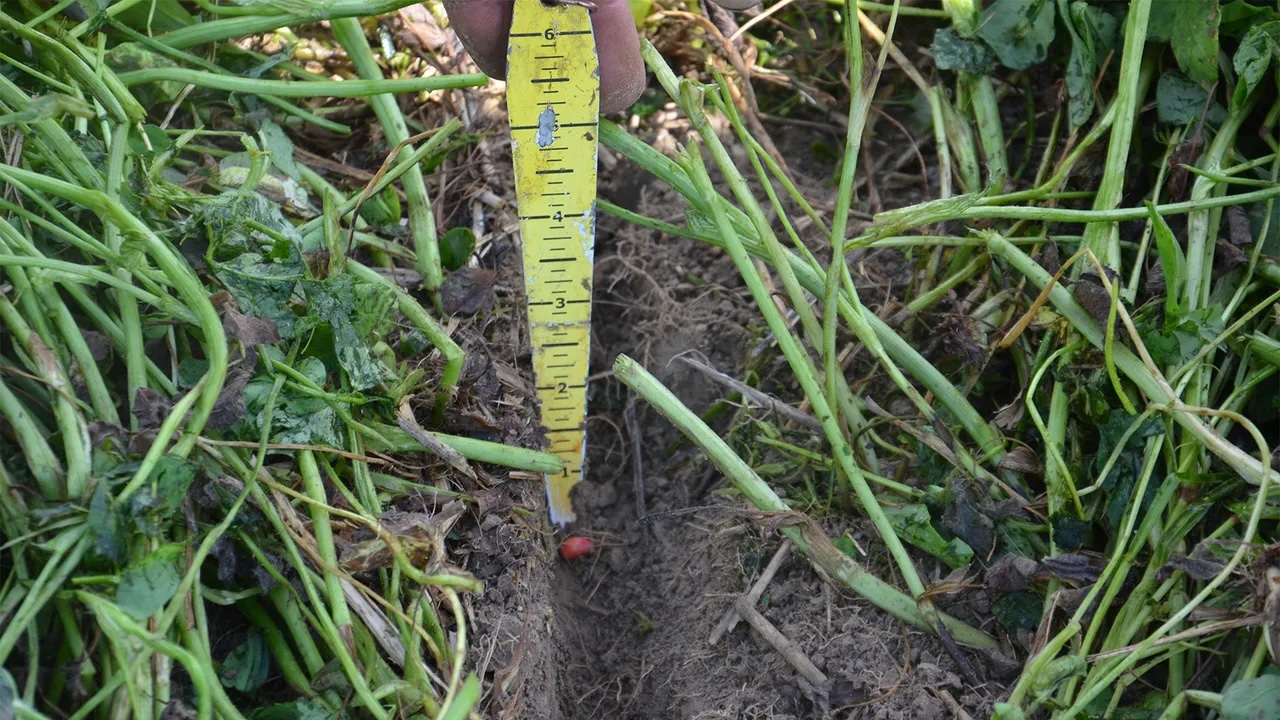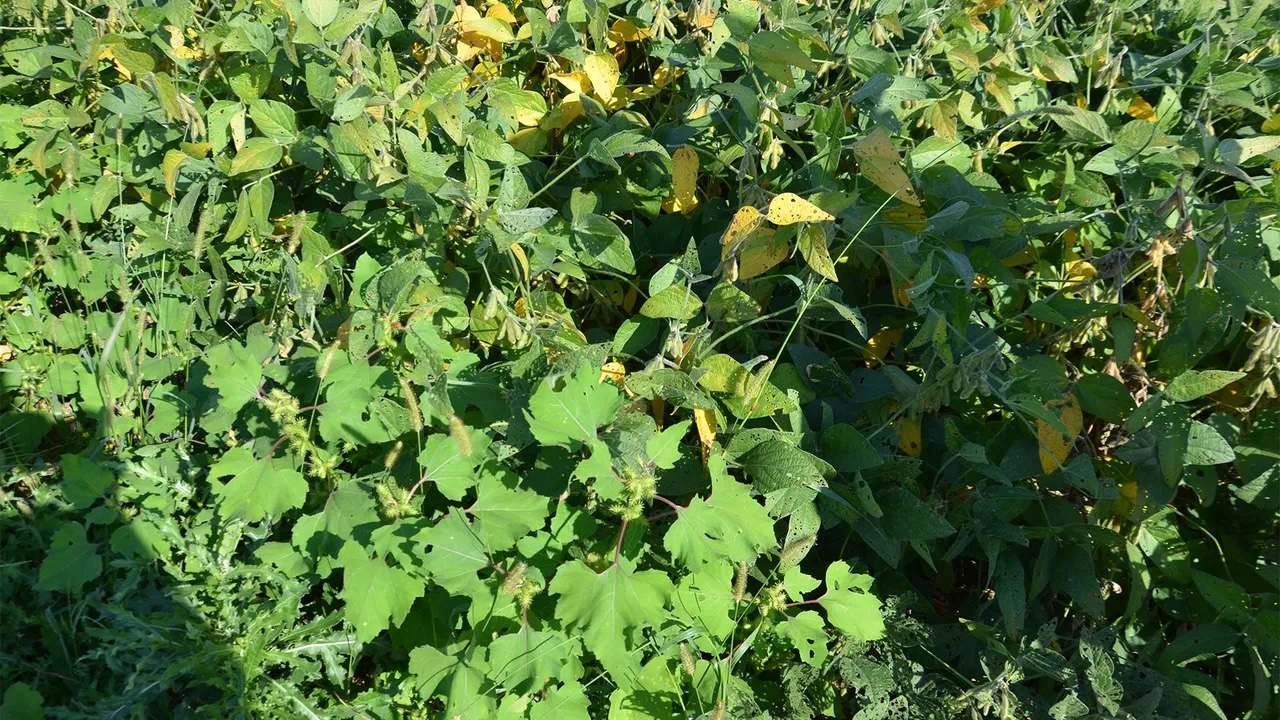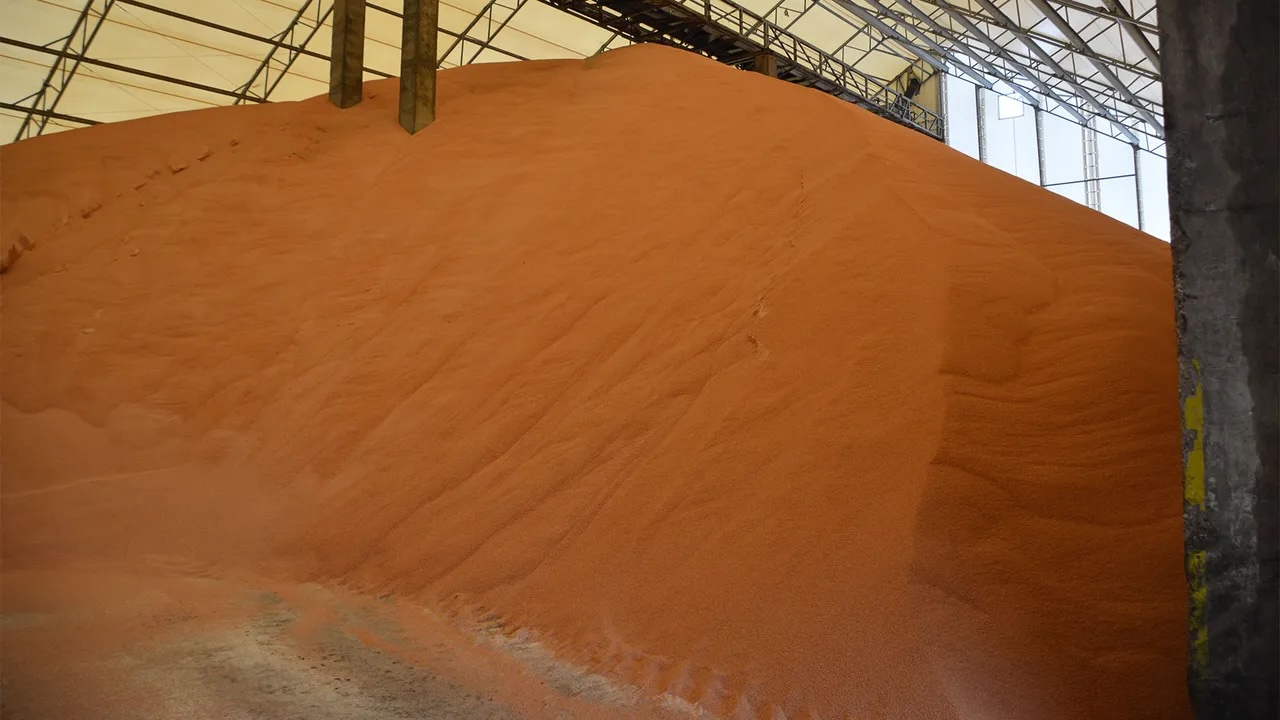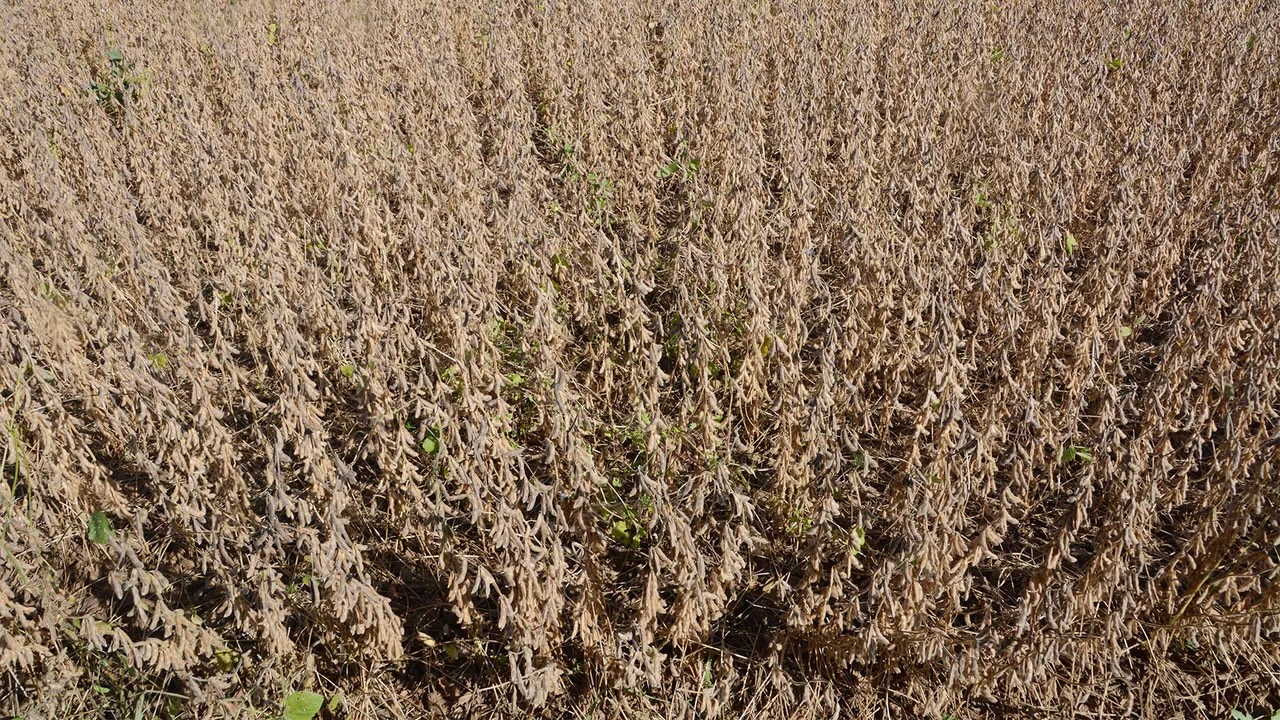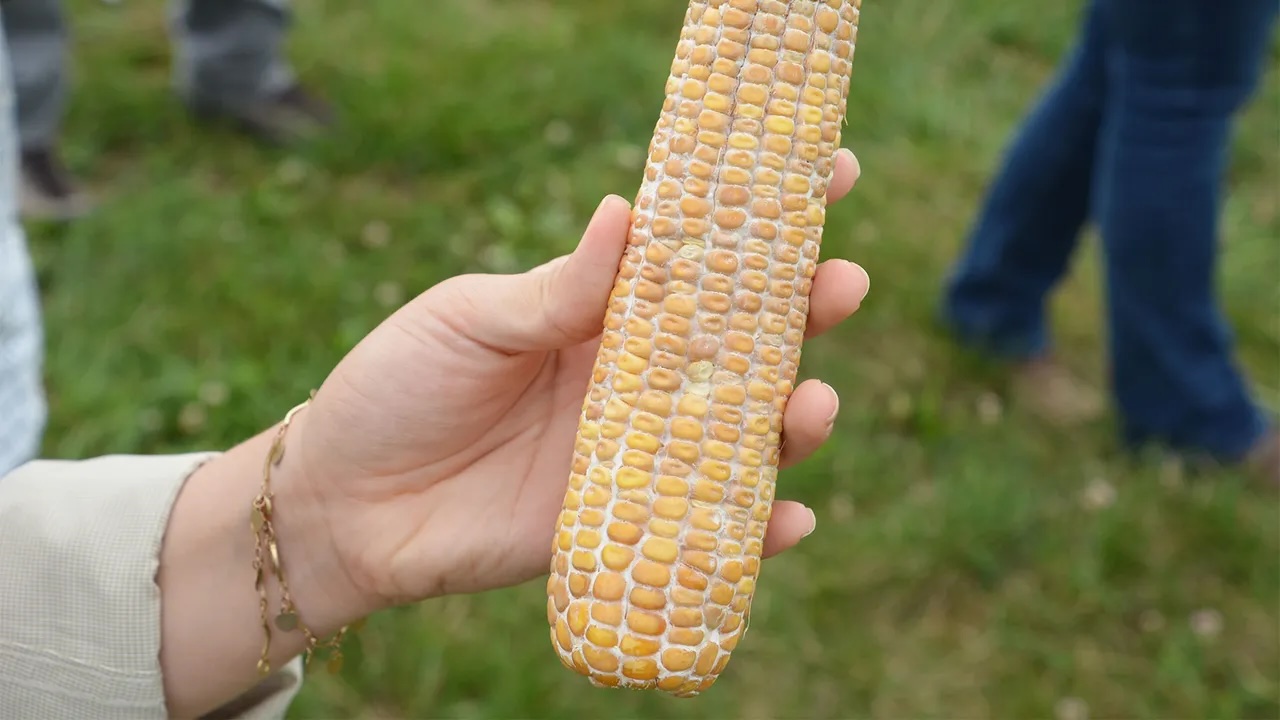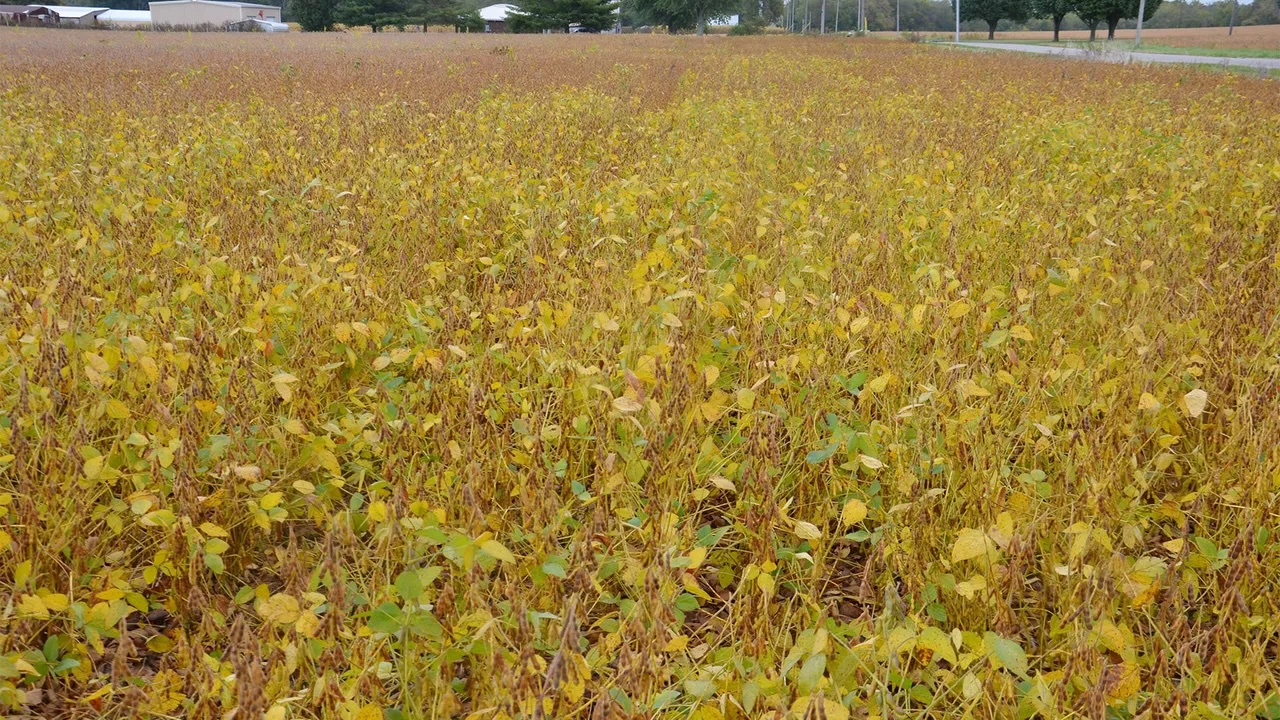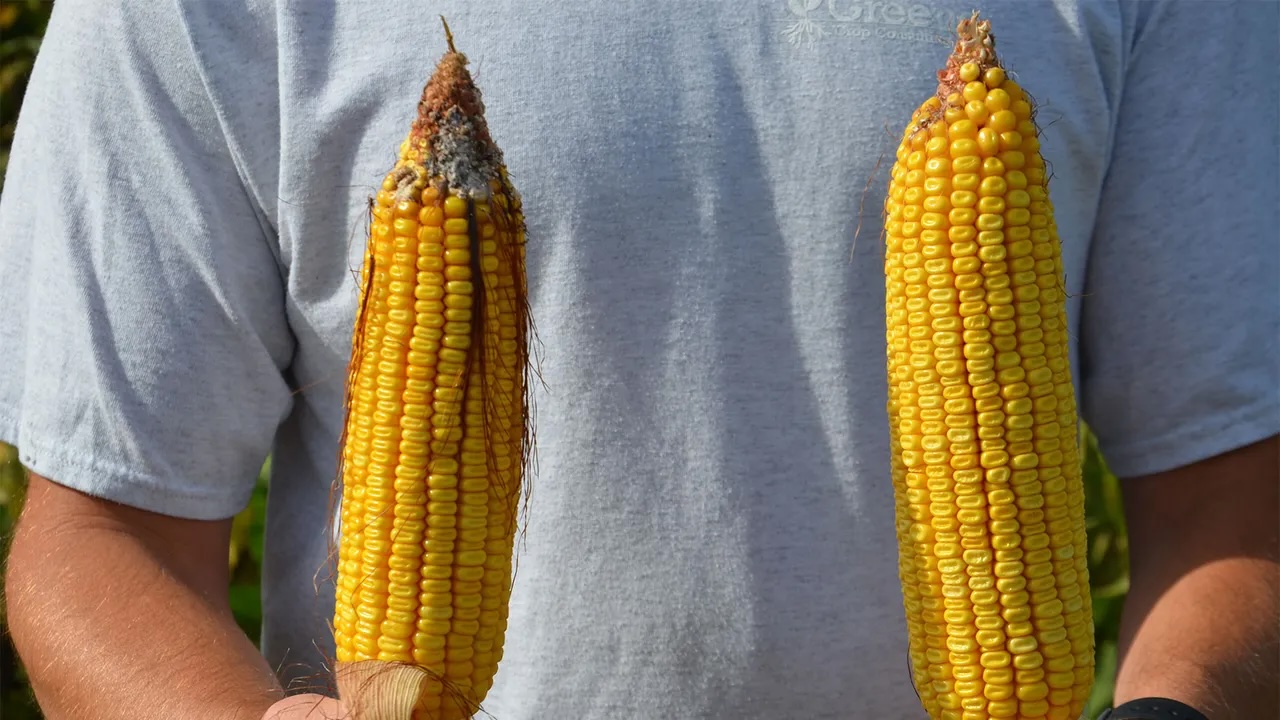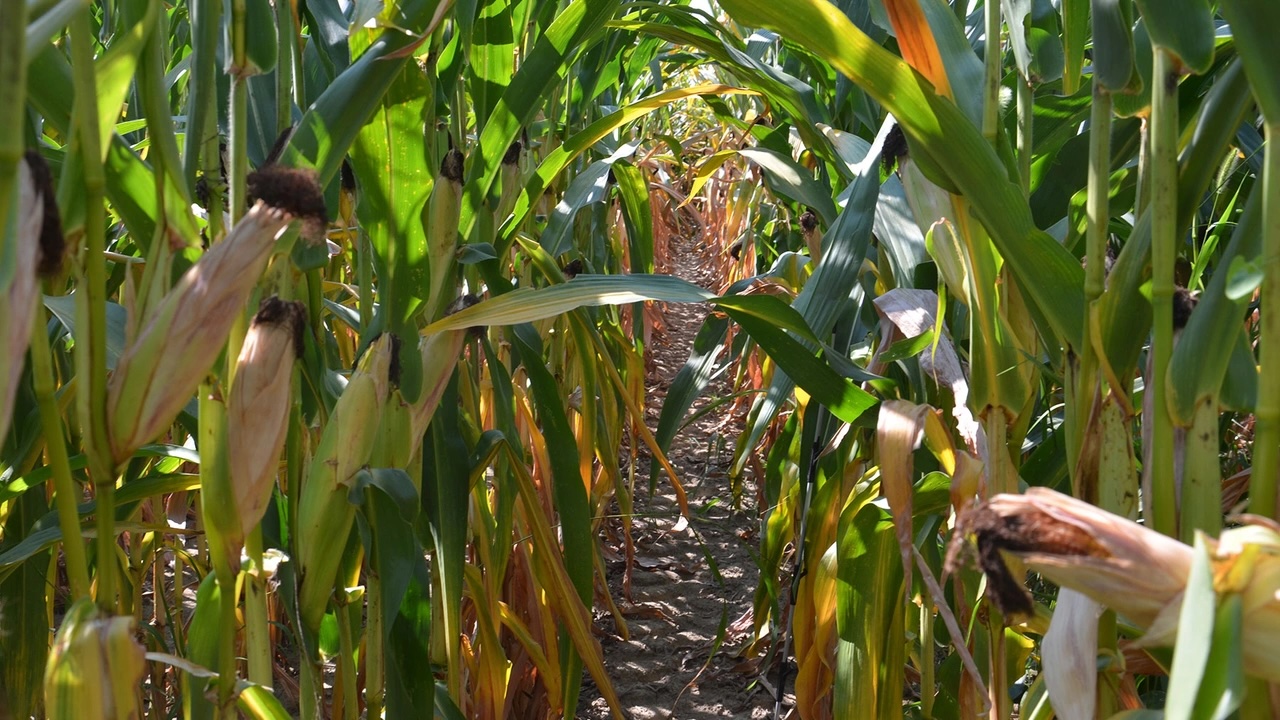Checking plant stands, spacing still pays

Is it worth counting distance between plants in 1/1,000-acre strips and computing standard deviation to check planter performance? Can drones capture plant stand per acre?
The Indiana Certified Crop Adviser panel answering this question includes Betsy Bower, agronomist for Ceres Solutions, Terre Haute; Abby Horlacher, Nickel Plate Consulting, Frankfort; Brian Mitchem, proprietary products manager for Nutrien Ag Solutions, Fort Wayne; and Dan Quinn, Purdue Extension corn specialist, West Lafayette.
Bower: Analyzing planter performance by determining distance between plants, seed drops such as doubles and triples, as well as seeding depth is important every year. However, as corn seeding rates have increased, plant-to-plant distance has become less important — especially if seeding rates are greater than 30,000 to 32,000 seeds per acre.
Traditionally, determining plant-to-plant variability in distance between plants has been done by checking several 1/1,000-acre strips manually. This involves lots of time. There are days or seasons when a timelier way to determine plant stands would be ideal.
Horlacher: It is always worth slowing down on the first days of planting and walking behind the planter. Where seed is placed can influence overall profitability. Whether it is you, your agronomist or seed dealer, someone should always verify depth, seed distance, sidewall compaction and closing of the row.
There are a few programs for your drone or services that use imagery that can produce stand counts. These programs do not replace walking behind the planter after the crop comes up. They cannot determine correct depth or spacing, or evaluate the environment the planter created.
Mitchem: Minimizing doubles and skips should be a goal. Evaluating corn stands for spacing is a good investment in time and effort. Overall stand and consistent emergence timing is more critical than spacing. Research on this subject is highly variable. Some studies show higher yield with more doubles.
A uniform 6-inch spacing is 34,800 plants per acre. It is challenging to get the standard deviation below 2 inches. At a 2-inch standard deviation, yield can be impacted by 1.5 bushels per acre, according to various studies.
Plant stands can be accurately counted with a drone service and can help guide replant decisions. Current systems also help identify weeds with a reasonable level of accuracy and calculate plant vegetative index. I have experience with a company based in Indianapolis called Taranis that provides drone scouting flights. I’m not necessarily endorsing their services, but over 90% of acres enrolled in 2022 were retained for 2023. An individual can’t scout fields with the same efficiency of drone flights today.
Quinn: It is always worth checking stands after emergence to assess both planter performance and overall stand establishment. The most accurate way is by measuring a set distance or several 1/1,000-acre strips to check plant stand by counting.
However, this can be time consuming. Drone scouting apps speed up the process and can point you to where a stand issue may have occurred and where more accurate plant stand assessment should be done.
DroneDeploy is an app that can assess corn plant stands and give you plant stand per acre in various areas. There are other apps too. The challenge with drone imagery and apps is there may only be a short window after planting before they lose some accuracy. It is still important to check their accuracy.


